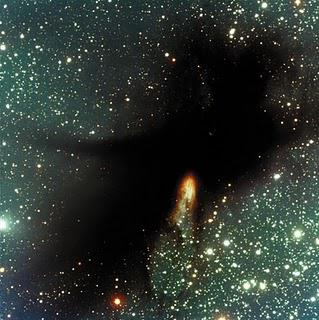After 1998th when the NASA established Institute for astrobiology (NASA Astrobiology Institute - NAI), astrobiology has become a formal research branch. The emergence of the institute came from the NASA's growing interest in planet Mars, the nearest alien place that is potentially suitable for life. Groundbreaking event was probably the discovery of Antarctic meteorite ALH84001 in 1996th, originating from Mars, where they allegedly found microfossils of extraterrestrial life.

Strategic plan of astrobiological researches is traced through seven primary scientific objectives: Understand the nature of the environment suitable for life and their distribution in space, To investigate the former and the current environment and signs of life beyond the solar system, Understand how life originated from cosmic and planetary precursor, Understand how a former life on Earth adapted to global changes, Understand the evolutionary mechanisms of the constraints imposed by the environment, Understand the principles that will shape the future life on Earth and beyond and Determine how to recognize signs of life on other worlds
Astrobiology consider answers to the questions whether there is life on other bodies in the universe. To date there is no definite proof that life exists or has existed outside the Earth, but it is important to realize that this is still an open question.
